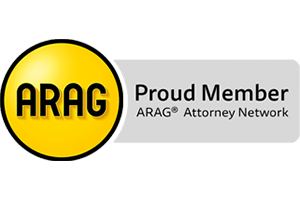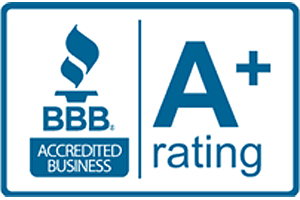- Free Consultation: 916 459 2364 Tap to Call
How are Bankruptcy Creditors Meetings Handled in the Eastern District of California
The bankruptcy process is complex and often intimidating, especially for those unfamiliar with its intricacies. One particular aspect that might raise concerns is the Creditors’ Meeting, also known as the 341 Meeting. In the Eastern District of California, where Liviakis Law Firm operates, these meetings are handled in a specific manner.
The 341 Meeting is a mandatory part of the bankruptcy process. It gets its name from Section 341 of the Bankruptcy Code and is a crucial step towards debt discharge. The primary purpose of the meeting is to allow the trustee and creditors to ask the debtor questions under oath about their financial affairs and property.
One common misconception is that the Creditors’ Meeting is a court hearing. However, in reality, it is an administrative proceeding. The meeting is conducted by a bankruptcy trustee, not a judge. In the Eastern District of California, these meetings are generally not in a courtroom. The debtor, their attorney, the trustee, and any attending creditors are the typical attendees.
Most Creditors’ Meetings are relatively brief, often lasting no more than 10 to 15 minutes. However, the duration can vary based on the complexity of the case and the number of creditors who attend. It’s worth noting that while all creditors receive an invitation to the meeting, they don’t always attend.
The trustee will start the meeting by swearing in the debtor and verifying their identity. Following this, the trustee will ask a series of questions about the debtor’s bankruptcy forms, assets, debts, and financial circumstances. These questions aim to ensure the information provided is accurate and complete.
If creditors are present, they will also have an opportunity to question the debtor. However, their questions must pertain to the debtor’s financial affairs and bankruptcy case. It’s infrequent for creditors to appear at these meetings in the Eastern District of California, but when they do, their questions are often specific and limited in scope.
Following the meeting, the trustee will determine whether the debtor can proceed with their bankruptcy filing or if there are assets that can be distributed to the creditors. If the trustee and creditors are satisfied with the debtor’s responses and there are no assets to distribute, the debtor is typically able to proceed to the next step of their bankruptcy filing.
Understanding the Creditors’ Meeting can make the bankruptcy process less intimidating and more manageable. Liviakis Law Firm is dedicated to helping clients navigate these proceedings with confidence and ease. Reach us for any bankruptcy-related concerns in the Eastern District of California.











